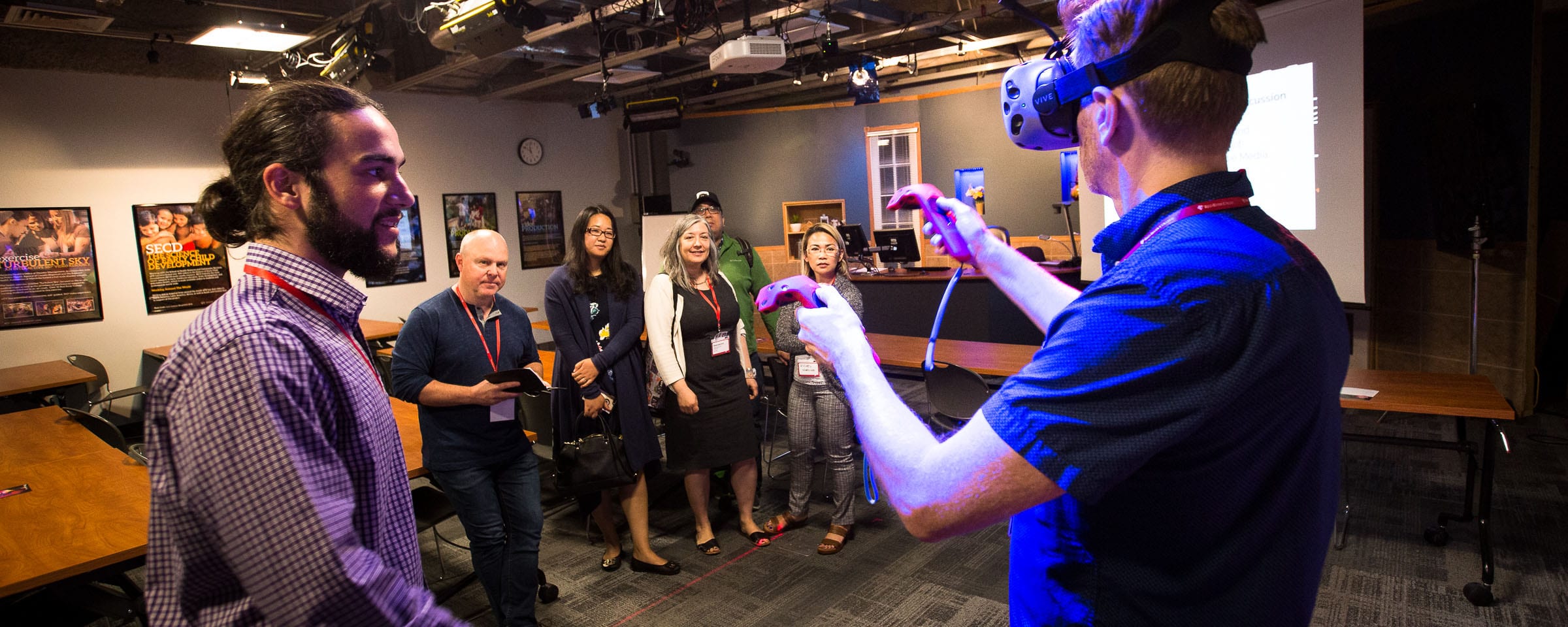Applied Curiosity
Lynda.com Review: Applied Curiosity
“What did your childhood smell like?” According to the instructor of this Applied Curiosity course on Lynda.com, this is one of the Most Valuable Questions (MVQ) she uses to get to know someone new. In case you are wondering, my childhood smelled like motor oil (from my Dad’s car dealership), hardwood floors and sweaty toe shoes (from my Mom’s ballet studio), and the sweet baby powder smell of my Cabbage Patch Doll named Saranella (yes, really, that’s what I named her and even sent in the birth certificate to prove it).
Now, I did not expect this question in this course. Then again, perhaps I should not have been surprised. After all, having reviewed seven Lynda.com courses before this (and having watched at least twice that many to identify appropriate courses to write about), I’m keenly aware of a repeated theme: Know Thyself. Many of the courses I’ve reviewed for this series reinforce the importance of self-awareness as the first stage of learning. I started “What’s Watson Watching” to add new professional skills and gain more knowledge. What I did not expect was the significant personal reflection (and hopefully growth) that has resulted from watching these courses.
This course on Applied Curiosity continues the theme of Know Thyself, with its clear insistence on understanding our own motivations, biases, and work styles first as the critical foundation for fostering good practices of curiosity. The instructor, Becki Saltzman, suggests that when a new situation arises, natural curiosity quickly can be drowned by feelings of inadequacy or by passing judgement on others. If we can develop an awareness of when this descent into fear or judgement occurs, she offers a technique to bring us back to a place of curiosity. This technique utilizes as a visual metaphor to “trigger” an elevation into a place of curiosity. Saltzman uses a pogo stick as her “trigger” image. The next time I am aware of these tendencies in a conversation, I will utilize this technique to visualize outward moving concentric circles flowing from the centre of a pond to open up space and possibility (I am a Pisces, so I tend to like water metaphors). What would be your “trigger” image to elevate your curiosity?
Another opportunity for self-awareness in this course is through Saltzman’s introduction of four Curiosity Archetypes: adventurer (Amelia Earhart), philosopher (Aristotle), observer (da Vinci) and problem-solver (Einstein). She suggests that each of us follows one of these archetypes and notes that having each of these on a team can increase the effectiveness of a project (fortunately, she also notes that we can move between archetypes depending on context and audience). While I’d like to see myself as the adventurer, I’m probably more comfortable as observer. Which of these archetypes resonates with you?
While some of the course content seems to be a bit extraneous (such as the sections on data analysis – no offense to our RRC institutional research team), the idea that curiosity must be well timed to be effective was one of the most valuable take-aways from the course. Saltzman challenges the notion that asking good questions is helpful all the time; instead, she reminds us that one must be politically savvy and socially aware when being curious. In other words, knowing when to be curious (being mindful of audience and context) can be just as important as knowing how to be curious (my Dad’s favourite Kenny Rogers’ song comes to mind here: “You gotta know when to hold them, know when to fold them, know when to walk away, know when to run…” I guess that would be the answer to the next question: “What did my childhood sound like?”).
As a final reflection, I understand now that the two types of curiosity that Saltzman identifies have framed my journey through these eight Lynda.com courses. I have chosen courses because I simply want to know more about the topic (which she defines as “free-range curiosity”), or for immediate application to help solve problems or manage specific issues (which she terms “applied curiosity”). No matter the motivation for choosing them, all of the courses I have reviewed have enriched my self-awareness and enhanced my professional capacity in some way.
Thank you to everyone who has joined me on this journey by reading the reviews or watching their own choice of Lynda.com courses. Thanks especially to my Lynda.com cheerleaders, Carrie Schaepe and Jacqueline Wood, who have supported this series in so many valuable ways. May we all continue to play, to grow, to learn and to be curious about how we can individually and collectively make a difference for our students, our colleagues, our College and our communities. Please let me know at cewatson@rrc.ca if you have a favourite Lynda.com video that you have used for personal or professional reasons. And look for upcoming guest reviews of Lynda.com videos in the next few weeks!
